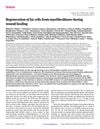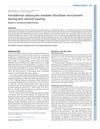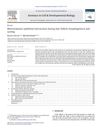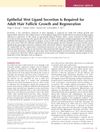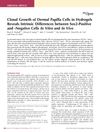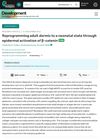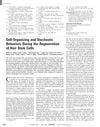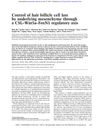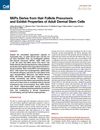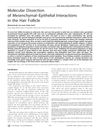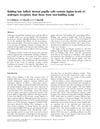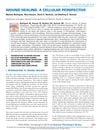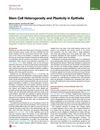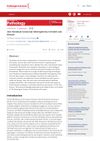Fibroblast Heterogeneity: Implications for Human Disease
January 2018
in “
Journal of Clinical Investigation
”
fibroblasts skin fibroblasts wound healing fibrosis hair follicle formation papillary fibroblasts reticular fibroblasts myofibroblasts adipocytes Wnt pathway fibrotic diseases regenerative medicine skin cells wound repair scar tissue hair growth fat cells Wnt signaling scar diseases tissue regeneration
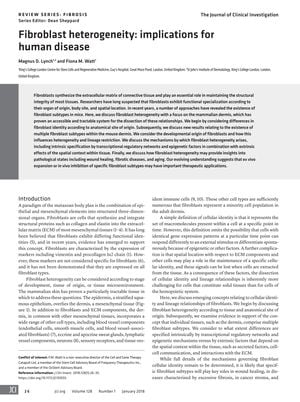
TLDR Different types of fibroblasts play various roles in diseases and healing, and more research on them could improve treatments.
The document from 2018 reviews the diversity of fibroblasts, cells vital for tissue structure, and their varying roles in human diseases. It explains that fibroblasts differ based on their location and organ of origin, with specific focus on skin fibroblasts, which are crucial for wound healing, fibrosis, and hair follicle formation. The study details the developmental lineage of mouse dermal fibroblasts and their distinct functions, such as papillary fibroblasts aiding in hair follicle formation and reticular fibroblasts in early wound repair. It also discusses the role of fibroblast subtypes like myofibroblasts and their potential to become adipocytes, and the importance of intrinsic and extrinsic factors in fibroblast identity, with the Wnt pathway being a key regulator. The document suggests that understanding fibroblast heterogeneity could lead to better treatments for fibrotic diseases and improve regenerative medicine, but also notes the challenges in studying fibroblasts due to changes in cell identity when cultured. Further research into fibroblast subtypes and the development of specific markers for their identification is emphasized as crucial for advancing therapeutic strategies.
